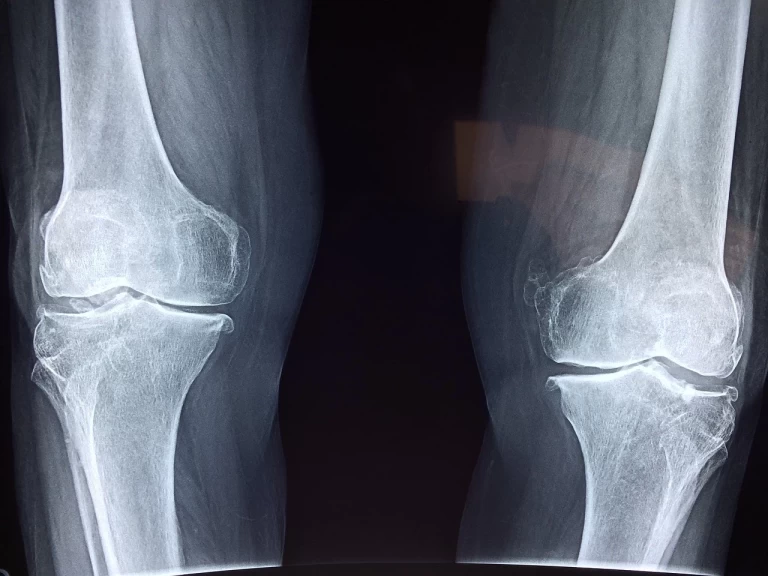
Shoulder pain is a common complaint among individuals of all ages, affecting daily activities and overall quality of life. This discomfort can arise from various sources, each requiring a unique approach to treatment. This blog delves into the intricacies of shoulder pain, exploring its causes, symptoms, and effective treatment methods, with a spotlight on chiropractic care as a cornerstone for relief and recovery.
Deciphering Shoulder Pain: Causes and Symptoms
The shoulder is a complex joint with a wide range of motion, making it susceptible to various injuries and conditions. Common causes of shoulder pain include:
- Rotator Cuff Injuries: Tears or inflammation of the rotator cuff tendons can lead to acute or chronic shoulder pain.
- Impingement Syndrome: Occurs when shoulder muscles swell and cramp the space between the arm and shoulder bones, leading to pain.
- Frozen Shoulder: Characterized by stiffness and pain in the shoulder joint.
- Arthritis: Osteoarthritis or rheumatoid arthritis in the shoulder can cause significant discomfort.
Symptoms often vary depending on the underlying cause but can range from a mild ache to severe pain, limiting movement and affecting daily tasks.
Chiropractic Care: A Path to Healing Shoulder Pain
Chiropractic care offers a non-invasive and holistic approach to managing shoulder pain. Here’s how it can help:
1. Comprehensive Assessment: Chiropractors conduct thorough evaluations to identify the root cause of shoulder pain, ensuring a targeted treatment plan.
2. Adjustment Techniques: Specialized adjustments can relieve pressure on the shoulder, improve alignment, and enhance joint mobility.
3. Soft Tissue Therapy: Techniques like myofascial release and trigger point therapy can alleviate muscle tension around the shoulder.
4. Rehabilitative Exercises: Patients may receive personalized exercise plans to strengthen the shoulder, improve flexibility, and prevent future injuries.
5. Lifestyle Recommendations: Advice on posture, ergonomic adjustments, and daily activities can help manage pain and support recovery.
Preventive Measures and Lifestyle Adjustments
Preventing shoulder pain is key to maintaining mobility and quality of life. Regular exercise, proper lifting techniques, and ergonomic workspaces can significantly reduce the risk of shoulder injuries. Additionally, incorporating stress-reduction techniques such as yoga or meditation can help minimize muscle tension in the shoulder area.
Shoulder pain, while common, should not be ignored. Understanding its causes and exploring effective treatment options like chiropractic care can lead to significant improvements in pain, mobility, and overall well-being. If shoulder pain is affecting your life, consider reaching out to a healthcare professional to discuss your options for relief and recovery.



